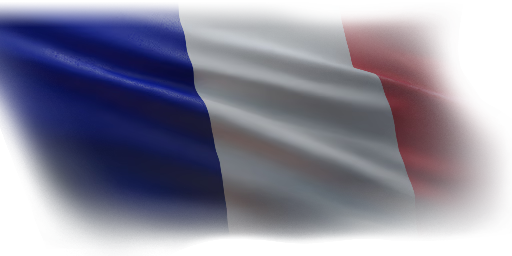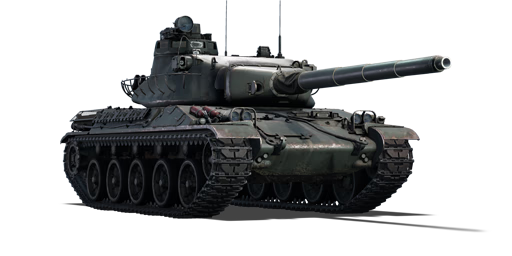The AMX-30B is the second variant of the AMX-30 main battle tank family. Many enhancements were made during the production run. Beginning in 1972, the original coaxial M2HB Browning heavy machine gun was replaced with a dual-purpose 20 mm GIAT M693 autocannon capable of depressing from -8° and elevating to 40° in the vertical axis to provide improved deterrence against enemy lightly armoured vehicles and helicopters. Furthermore, all units of the first AMX-30 variant were upgraded to the newer AMX-30B specification.
Introduced in Update 1.75 "La Résistance", the AMX-30B is essentially identical to the original batch of AMX-30s, with the main variation being the coaxial-mounted weaponry. The play style is similar in that players should stay with other stronger teammates and serve as a long-range support tank. Set up ambushes to disable tracks or take out one or two crew members of the enemy tank before retreating to cover. As most tanks that the AMX-30B encounters are easily able to penetrate its armour, it is advised to play more conservatively and not too aggressively during combat.















